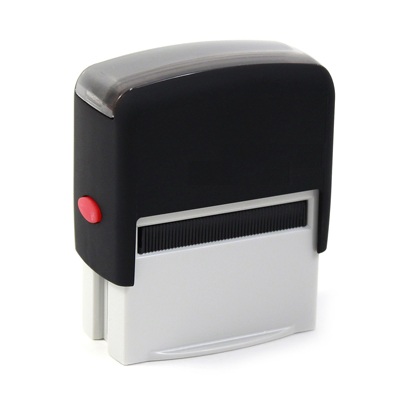

EARLIER this evening we wrote about the OIN's response to the growing patent problem, HBO's (corporate media) misdirection, and now we turn our attention to the USPTO, which has been busy hiding or perfuming its systematic abuse.
"It has actually become a lot more difficult to acquire software patents in the US, let alone win with software patents in court.""A look at the USPTO’s examples for patent eligibility" is the title of a recent article from lawyers' media. As we have demonstrated hundreds of times before, patent lawyers work hard to deny the post-Alice reality, which disqualifies many software patents. This kind of bias helps distort people's perception of the status quo. It has actually become a lot more difficult to acquire software patents in the US, let alone win with software patents in court. That is of course good news and a step in the right direction. This is what can possibly salvage some of the USPTO's past reputation and perhaps make US patents worth more than the paper they're printed on.
The lawyers' site says: "This article is the second installment of a three-part series examining the USPTO's Interim Guidance on Patent Subject Matter Eligibility. The first installment describes the Interim Guidelines' implementation of the Supreme Court's two-part test for determining patent eligibility. Now, we will review examples published by the USPTO of patent-eligible and patent-ineligible claims."
As we have noted here before, after the Supreme Court's ruling the guidelines for patent examiners were modified. Surely this can reduce the overall number of patents granted, which in turn makes the USPTO look "less successful" (meaning less profitable, as quality clearly does not count when 92% of applications are "successful"). According to this lawyers' site, "USPTO Can't Be Sued For Not Axing Re-Exam, Fed. Circ. Says" and one patent lawyer's site (vocal proponent of software patents) talks about USPTO fees. There are surely changes underway (less software patents) and many patent lawyers must be nervous.
"Surely this can reduce the overall number of patents granted, which in turn makes the USPTO look "less successful" (meaning less profitable, as quality clearly does not count when 92% of applications are "successful"."As we mentioned the other day, the USPTO uses some dirty tricks to make itself look better. "US Patent Office Gamed The System To Make Sure Patent 9 Million Wasn't A Crazy Troll Patent," said the title composed by Mike Masnick. "As I'm sure you were carefully anticipating," he wrote, "on Tuesday, April 7th, the US Patent and Trademark Office issued patent 9,000,000. As you of course are already aware, over the past few decades, the USPTO has been rapidly ramping up the number of patents it approves. That's why, even though patents only have a lifetime of 20 years from the date of application, 1/3 of all issued patents are still in force today. Think about that."
Watch the press release and self-congratulatory Smithsonian spin. If a country has 9 million patents and 92% of patent applications are eventually accepted, it does not mean the country is innovative, it just means it is too lenient when it comes to patent granting. It means it is unable to recognise real innovation. This is why the EPO (especially its examiners) must guard against the greed of businesspeople like Benoît Battistelli. As it stands, the EPO is not (yet) a laughing stock, only its management is. ⬆